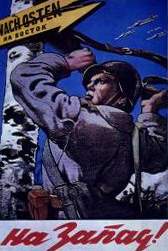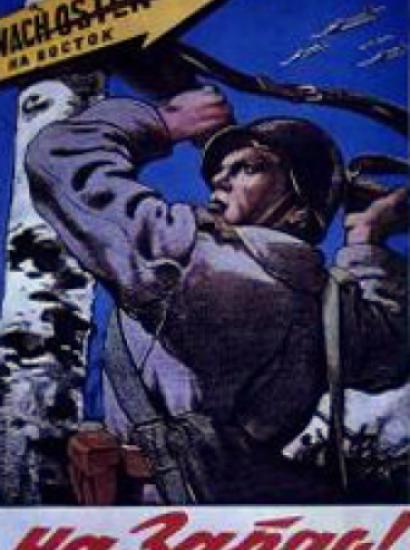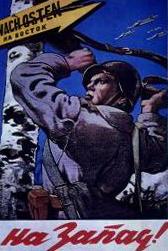- History
- Military

The military history story that has featured very widely in newspapers and websites recently has, for obvious reasons, been the four great battles of Kharkov during World War Two. These titanic struggles were at least as important as the more famous battles of Moscow, Stalingrad, and Kursk in determining the outcome of Hitler’s invasion of Russia. They led to an almost unimaginable loss of life on the Russian side, but the Soviet victory in the fourth and last battle—also known as the Belgorod-Kharkov Offensive—led directly to the eventual Russian victory on the Eastern Front, and thus the downfall of Nazism.
The First Battle of Kharkov was fought between 20 and 24 October 1941 as part of the final phase of Operation Barbarossa, the German invasion of the USSR, which had started on 22 June. During that battle, the German Sixth Army took the important city where the legendary Soviet T-34 tank had been designed and built, although it discovered that most of Kharkov’s industrial plant had been moved before the city fell.
The Second Battle was fought between 12 and 28 May 1942, when the Soviets, having saved Moscow, tried to counterattack in the Kharkov region. For losses of around twenty to thirty thousand men, the German Field Marshal Fedor von Bock punished Marshal Timoshenko’s forces terribly, which suffered over 170,000 killed and over 106,000 wounded. Kharkhov, by then little more than a smoking ruin of rubble, was recaptured by the Russians, however.
Between Field Marshal von Paulus’ surrender at Stalingrad in early February 1943 and the Battle of Kursk five months later, the Soviets had forced their way across the Donets River. Yet despite being massively outnumbered, sometimes by as much as seven-to-one, Field Marshal Erich von Manstein counter-attacked between 18 February and 20 March, winning the Third Battle of Kharkov and recapturing the city in heavy hand-to-hand urban fighting, in what has been described as one of the great German military achievements of the war.
The Fourth and final Battle of Kharkov was fought between 3 and 23 August 1943, and came in the wake of the successful Russian defence at the Battle of Kursk. Although Hitler ordered Manstein not to give up what had by then become the most fought over city in the Soviet Union, Manstein finally abandoned it and fell back to the Dnieper River on 23 August, but not until he had inflicted around 50,000 killed or missing and over 180,000 wounded on the Red Army, for the loss of around 9,000 German killed or missing and 16,000 wounded.
Four distinct and bloody battles over one city emphasizes the nature of war on the Eastern Front, and places in stark perspective the battles that were taking place on the African and Italian fronts, which were puny by comparison. “The three immense battles of Kursk, Orel and Kharkov, all in the space of two months,” wrote Winston Churchill in his History of the Second World War, “heralded the downfall of the German army on the Eastern Front.”















